Wildflowers in our woodlands
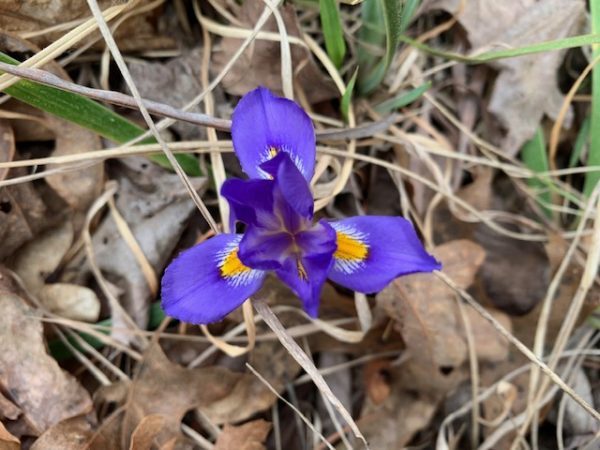
It’s a great time to be in the woods and spot our region’s many wildflowers (socially distant and with plenty of room between you and anyone else on the trail, of course). Although many state parks are closed due to COVID-19 situation, the trails in the Uwharrie National Forest are still open, and exercise is a permitted activity within the state’s stay at home order. For those of you who live on your own land with a creek or stream, you may even be able to spot these commonly seen wildflowers in your own backyard.
Here are some of the flowers you might be able to see in prime bloom now:
Honeysuckle
Usually when we talk about honeysuckle, we think of the typical white or yellow Japanese version that invades our native woodlands. I remember pulling these off the vine during recess and being rewarded with a single drop of sweet nectar at the base of the flower. However, you might not be aware that we have native honeysuckle as well — the coral honeysuckle. This bright red blooming vine is a welcome site in our forests, and provides important nectar for species like hummingbirds and butterflies.
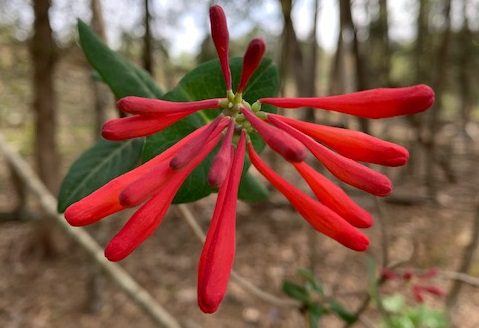
Dwarf crested iris
These look like little miniature version of the heirloom irises you might have in your front yard that may have been passed down for generations. Dwarf crested iris are purple with hints of yellow, and the plants have smaller versions of the same plain, flat, green leaves that a cultivated iris has. They are beautiful, and often found in groups, especially on forest floors of open canopy woodlands, where filtered sunshine can be found.
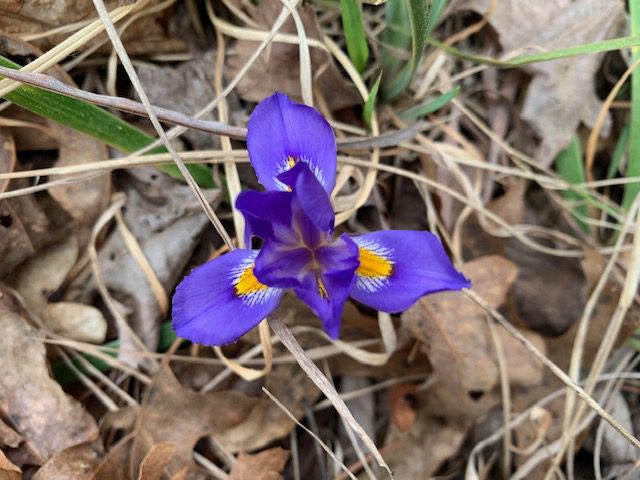
Bellwort
This little yellow flower looks just like a little bell drooping from the stem. You may also spot tiarella or foamflower this time of year, a beautiful white flower with many blooms on a spike, that’s frequently found along creeks or streams, or in especially moist forest locations.
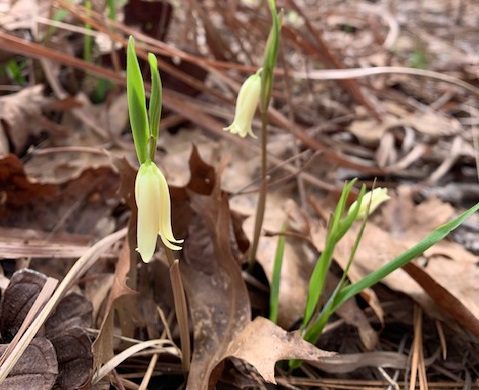
Yellow Spicebush
I walked a really nice property in Rowan County a few weeks back, and yellow spicebush was all around me in bloom. On a property owned by Three Rivers Land Trust last Monday, I was able to also see the rarer bog spicebush in bloom as well. That’s a really special species known from only a few locations, several of which are in Montgomery County.
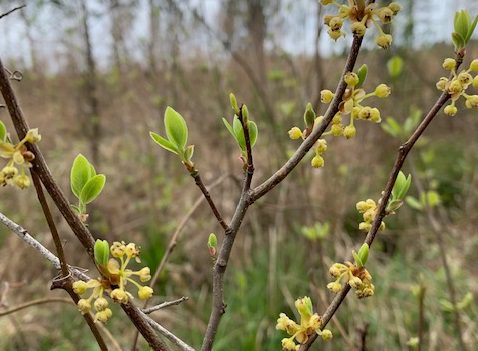
Fork-leaf Toothwort
On that same property in Rowan County, I spotted a rare plant I’d never seen before, let alone in bloom. It’s known as fork-leaf toothwort (Cardamine dissecta). This is on a property the land trust is trying to conserve, and it’s the only occurrence of that plant in Rowan County. It’s a pretty little pink bloom with only four petals, characteristic of a plant in the mustard family.
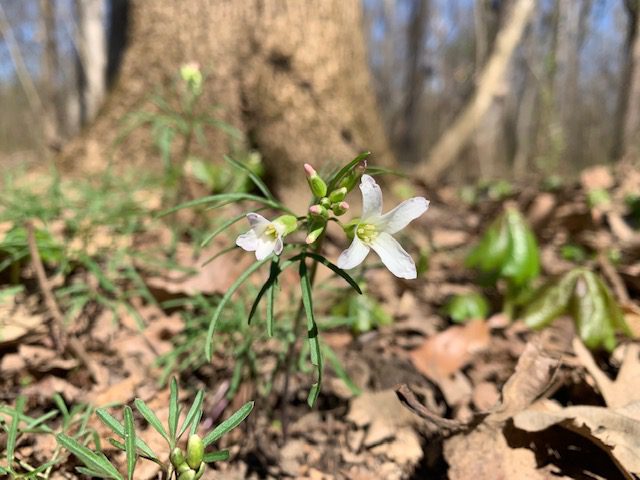
Atamasco Lily
This is also a great time of year to spot an Atamasco lily or a group of them, especially in wetlands and along creek banks. Hundreds can be found in the Badin Upland Pools in the national forest this time of year. Also in bloom now is the Pinxter azalea, a beautiful native azalea with delicate pink blooms.
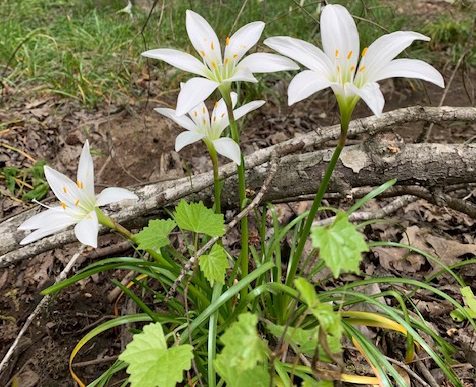
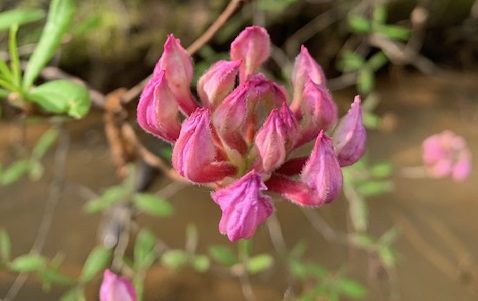
Keep your eye out for these wildflowers as you are able to get outside, and if you can’t get out there to see them, take this stay-at-home time to look them up on the internet and learn more about them – what pollinates them, where they grow, what they look like, what habitat they need. This time won’t last forever, and hopefully you’ll have a chance either now or later to spot these beauties in our woodlands.
Crystal Cockman is director of conservation at Three Rivers Land Trust.